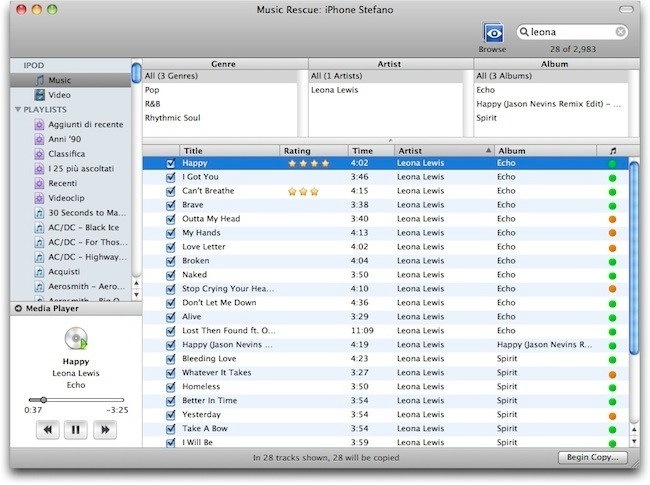

Similarly it may involve optimising the use of resources whereby the UAV locates the person(s) and then a manned flight or ground units effect the actual rescue. Depending on the circumstances that may include separation of airspace to reduce the risk of collisions between manned and unmanned aircraft. One of the key challenges is to develop a command, control and coordination system or concept of operations which will allow the integration of UAVs into a search and rescue mission.

How? If UAVs identify a missing person, then why not provide that person with immediate assistance while waiting for the Search and Rescue team to arrive on site? The UAV could drop a small and light-weight first aid kit, or small water bottle, or even a small walkie talkie. While previous competitions have focused exclusively on the use of drones/UAVs for the “Search” component of the challenge, I want to introduce the option of also engaging in the “Rescue” part. I want to try something new with this challenge.
#Music rescue challenge facebook full
The full set of rules for our challenge are listed here but may change slightly as we get closer to the event. Competitors will use their UAVs to collect imagery of the area and will have 45 minutes after flying to analyze the imagery for clues. We’ll pretend that a person has gone missing by scattering (over a wide area) various clues such as pieces of clothing & personal affects. The rules for the competition are based on the highly successful Search/Rescue challenge organized by my new colleague Chad with the North Texas Drone User Group. The challenge will take place on May 17th near Marshall in Virginia. My colleague Timothy Reuter (of AidDroids fame) kindly invited me to co-organize the Drone/UAV Search and Rescue Challenge for the DC Drone User Group.


 0 kommentar(er)
0 kommentar(er)
